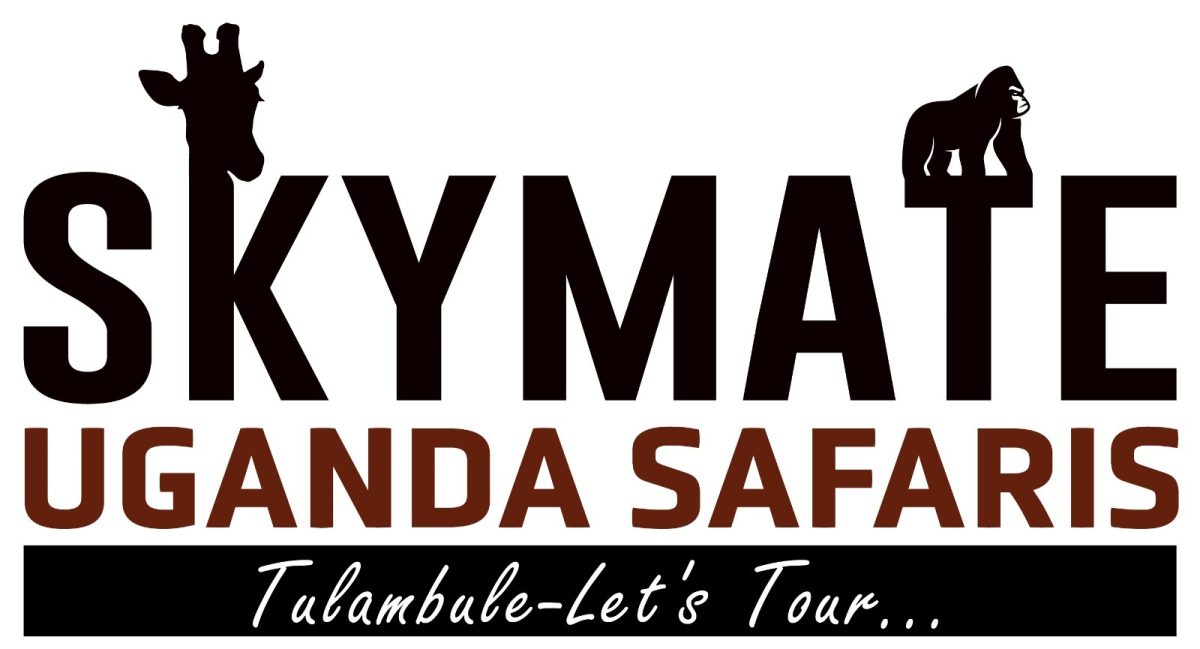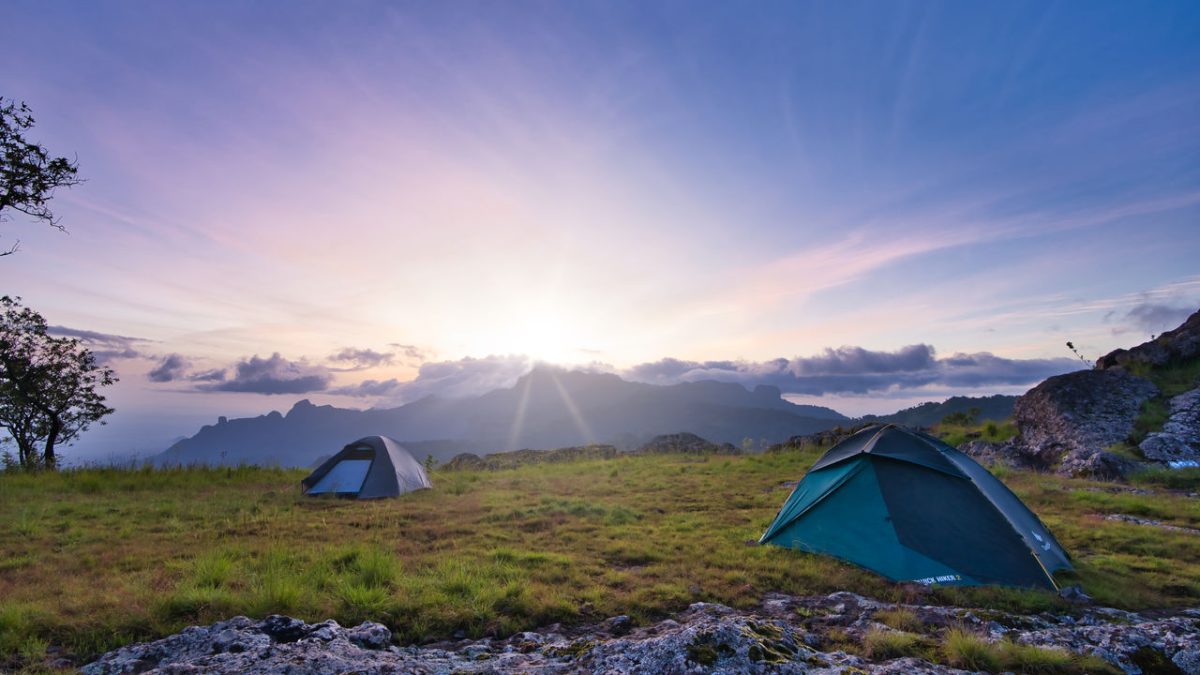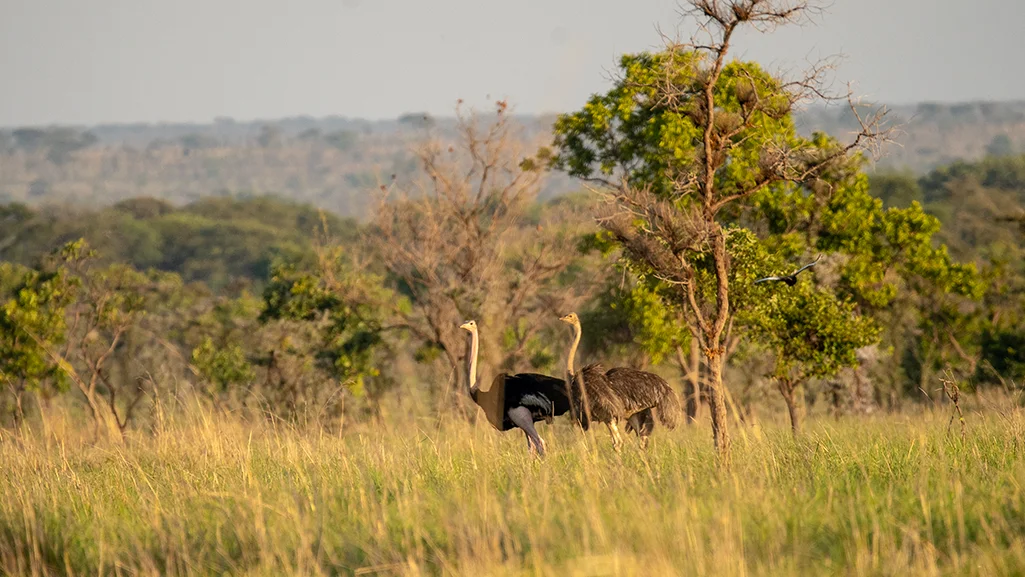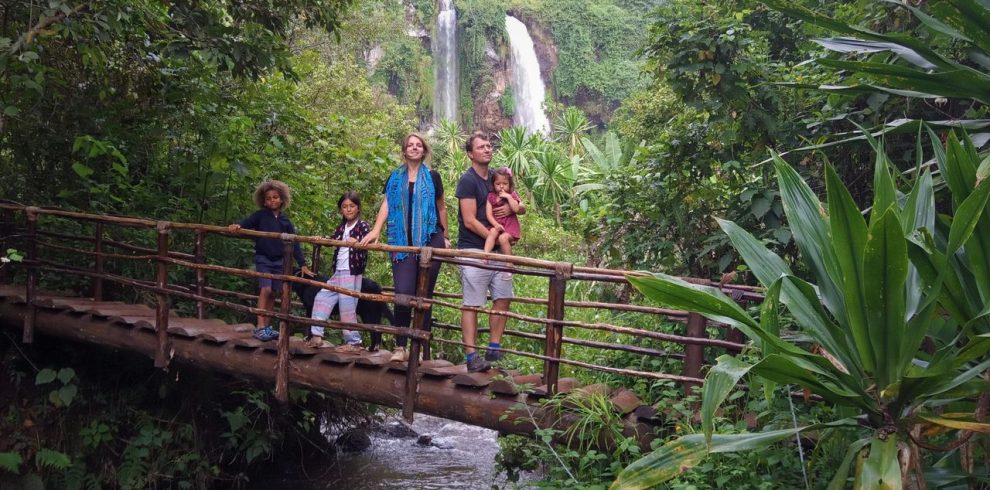Table of Contents
ToggleThe beautiful Pian Upe Wildlife Reserve is worth a day visit on your way from Jinja/Sipi Falls/Mount Elgon to Kidepo Valley National Park.
This Uganda wildlife reserve is a hidden gem waiting to be discovered! If you are looking for a pristine and adventurous Uganda safari experience, this is the perfect destination for you.
Pian Upe Wildlife Reserve is found in the north-eastern Uganda in the remote Karamoja region between Sipi Falls and Moroto. It covers an area of approximately 2,788km2.
It is Uganda’s second largest protected area after Murchison Falls National Park. Pian Upe is bordered by the Bokora-Corridor Wildlife Reserve and Matheniko Wildlife Game reserve.
The reserve is bounded by beautiful mountains and hills, including Mount Moroto to the west and the Pian Upe Mountains to the east. These mountainous landscapes add a scenic dimension to the reserve and offer opportunities for walking safaris and panoramic views.
Pian Upe Wildlife Reserve
Pian Upe Wildlife Reserve is crossed by several rivers and water sources, such as the Matheniko River and the Kadam River. Not only these water bodies attract wildlife but also offer a vital source of water in this semi-arid region.
This massive nature reserve contains an amazing variety of Uganda wildlife. Besides zebras, giraffes, lions, leopards and buffalos, Pian Upe also hosts animals that are not or rarely found in other parts of Uganda, such as the Elands, Roan Antelope, Ostriches, and Cheetahs.
Pian Upe Wildlife Reserve is visited by less than 1% of all tourists and there is a good chance that you will have this park to yourself. But, the roads through the park are not well maintained and you cannot always do your safaris by vehicle. If that is the case, there is no need to worry as you can always take a walking safari. Those are fantastic!
History of Pian Upe Wildlife Reserve
Pian Upe Wildlife Reserve has a notable history marked by its transformation into a protected area dedicated to wildlife conservation.
Before its establishment as a protected reserve, this land was inhabited by the Karimojong people, who practiced traditional cattle herding while coexisting with the local wildlife.
In 1 958, Pian Upe took its first step toward formal conservation area as it was designated as Debasien Animal Sanctuary, with the primary objective of safeguarding its diverse wildlife population. This marked the inception of its role in the broader conservation efforts of Uganda.
In 1964, it was elevated to game reserve status and became known as Pian Upe Game Reserve’.
In 2002, recognizing the need for a balanced approach to conservation, the reserve underwent a reclassification, becoming ‘Pian Upe Wildlife Reserve’. This shift allowed for the incorporation of sustainable tourism practices and community engagement into its management strategy.
Throughout its history, Pian Upe Wildlife Reserve has been a stronghold for conservation in Uganda. It has been at the forefront of anti-poaching initiatives, the promotion of sustainable tourism, and programs that foster collaboration with local communities, particularly the Karimojong people who share the land with its diverse wildlife.
Today, Pian Upe continues to play a vital role in Uganda’s national conservation efforts.
What animals are in the Pian Upe Game Reserve?
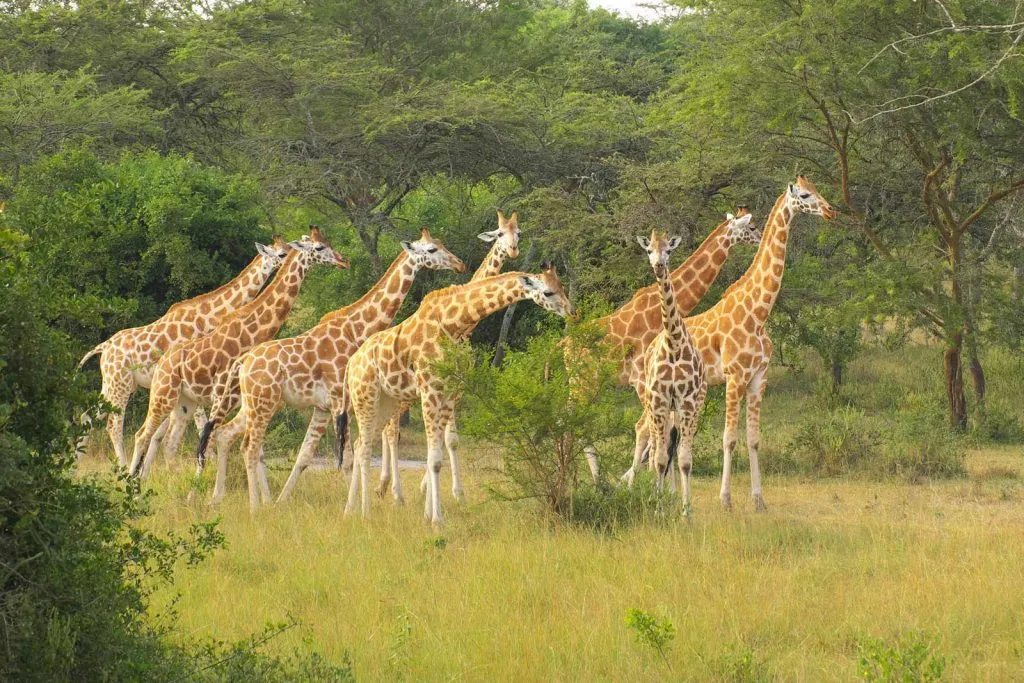
Pian Upe is home to a diverse range of wildlife species. Visitors on Uganda wildlife safaris can encounter;
- Elephants
- Buffalos
- Giraffes
- Lions
- Leopards
- Spotted hyenas
- Zebras
- Cheetahs
- Uganda kobs
- Mountain reedbuck
- Roan antelope
- Jackson’s hartebeest
- Oribi
- Common eland
- Topi
- Jackals
- Vervet monkeys
- Patas monkeys
- Blue and common duiker
- Günther’s dik-dik
- Klipspringer
- Waterbuck
- Rock pythons
birds In Pian Upe Wildlife Reserve
Pian Upe Wildlife Game Reserve boasts an impressive population of Uganda birds, with over 300 different bird species documented, making it an ideal destination for birding tours in Uganda. The most attractive bird species here include the;
- Common ostrich
- Karamoja Apalis
- Superb sterling
- Secretary bird
- Abyssinian ground hornbill
- Abyssinian roller
- Abyssinian Scimitarbill
- Black-breasted barbet
- Chestnut weaver
- D’Arnaud’s barbet
- Fox kestrel
- Golden pipit
- Greater kestrel
- Jackson’s hornbill
- Northern carmine bee-eater
- Purple grenadier
- Pygmy falcon
- Red-throated bee-eater
- Rufous chatterer
- White-bellied go-away bird
Activities in Pian Upe game reserve
Visiting Pian Upe Wildlife Reserve offers an array of captivating activities for nature lovers and adventure seekers. Here are just some ideas you may like to include in your Uganda safari tour to Pian Upe.
1. Wildlife Game Drives
You can embark on scenic game drives guided by experienced local rangers in Pian Upe Wildlife Reserve. These wildlife safaris take you through reserve’s diverse ecosystems, including savannahs, woodlands, and hills. You look out for iconic African wildlife such as elephants, buffalos, lions, giraffes, zebras, cheetahs, and various antelope species.
2. Bird Watching Tours
Birders will revel in Pian Upe Wildlife Reserve’s avian abundance. Here, you will discover over 300 bird species, including the gain ostriches, raptors, and unique African species. Bring your binoculars and camera to capture these avian wonders in their natural habitat.
3. Guided Walking Safaris
You can also join a guided nature walk in Pian Upe Wildlife Reserve to intimately connect with its ecosystem. Accompanied by a well-informed guide, the walk reveal the subtler aspects of the wildlife reserve’s ecology. You will learn about indigenous flora, track wildlife, and gain insights into their behavior.
4. Community Cultural Tours
Exploring Pian Upe Wildlife Reserve offers a unique chance to engage with the famous Karimojong people and understand their traditional lifestyle. This cultural exchange includes traditional dances, craft demonstrations, and storytelling.
Traditional dances convey history and community bonds, craft demonstrations showcase artisan skills, and storytelling reveals their worldview. Engaging with the Karimojong fosters cultural awareness and a deeper appreciation for Uganda’s cultural diversity.
What conservation efforts are in place to protect Pian Upe Game Reserve & Its Wildlife?
The Uganda Wildlife Authority (UWA) works closely with various groups to protect the Pian Upe Wildlife Reserve’s unique wildlife and ecosystems. There are strong anti-poaching program staffed by well-trained rangers who patrol the reserve’s borders to stop illegal hunting.
Pian Upe also promotes sustainable tourism to strike a balance between allowing visitors to enjoy Pian Upe’s natural beauty and preserving the environment in the process. This includes the need for compulsory guided tours, strict visitor rules, and responsible campsite management.
How many days do I need for Pian Upe Safari?
The duration of time you plan to spend at Pian Upe Wildlife Game Reserve varies depending on your interests and the number of activities on your safari itinerary.
However, to explore the key highlights, a full day to 3 is recommended.
This time frame allows you to spend quality time on game drives and nature walks to encounter a variety of wildlife and enhance your chance of sightings, as many animals have different patterns during the day. You will also have the time to partake in multiple safari activities, as well as some well-deserved relaxation time to enjoy your surroundings.
What more attractions are near Pian Upe Wildlife Reserve?
Besides captivating landscapes and wildlife of Pian Upe, there is other nearby attractions that add to the charm of the region, offering diverse experiences to enrich your tour.
1. Mount Elgon National Park
Just a stone’s throw away from Pian Upe is Mount Elgon, Uganda’s second highest mountain after the Rwenzori Mountains. This Uganda mountain park invites you to explore its ancient volcano, adorned with verdant forests, rare plant life, and fast flowing rivers, and cascading waterfalls. Hiking trails crisscross the park, leading you to the summit where you will encounter the world’s largest mountain caldera.
2. Sipi Falls
A short drive from Pian Upe, Sipi Falls is a series of three picturesque waterfalls nestled in the foothills of Mount Elgon. Whether you are hiking to the upper falls, enjoying a peaceful picnic by the lower falls, or simply relaxing in the tranquil atmosphere, Sipi Waterfall area promises a rejuvenating escape into nature’s embrace.
3. Mount Moroto
Situated approximately 2 hour drive from Pian Upe, Mount Moroto offers amazing day hikes with no requirement for technical equipment. And during the hike you have great interaction with the Tepeth people and learn about culture; spirits, gods and sacred sites of these fascinating mountain people.
4. Kidepo Valley National Park
Around 4 hour drive from Pian Upe is Kidepo Valley National Park, which is one of the most beautiful places in Africa. Set below a range of craggy peaks bordering South Sudan, this park protects an atmospheric tract of savannah.
Despite its remote location, Kidepo offers exceptional wildlife viewing, including 4 of the Big Five (lion, leopard, elephant and buffalo; no rhino), with large herds of buffalo. This park boasts a more untrammeled wilderness feel than any of Uganda’s 10 national parks.
How To Get To Pian Upe Wildlife Reserve?
Getting to Pian Upe Wildlife Game Reserve in Uganda typically involves a combination of road and sometimes air travel. Here are the general steps to reach Pian Upe:
If you are traveling from abroad, you will first need to reach Uganda. Most international travelers arrive at Entebbe International Airport in Entebbe town near the capital city, Kampala.
1. Kampala/Entebbe to Mbale
From Kampala or Entebbe, the nearest major city to Pian Upe is Mbale, which is located in the eastern Uganda. You can travel to Mbale by road, which is the most common mode of transportation.
The journey from Kampala or Entebbe to Mbale takes around 4 to 6 hours by car, depending on traffic and road conditions.
3. Mbale to Pian Upe
Pian Upe Wildlife Reserve is located to the northeast of Mbale town. You will need to continue your journey from Mbale to reach the reserve. You can hire a local guide or driver who is familiar with the area to take you to the reserve. The journey from Mbale to the reserve takes around 2 to 4 hours.
Best Time to Visit Pian Upe Wildlife Reserve
The best time to visit Pian Upe Wildlife Reserve is during the dry season; December to March and June to September. Wildlife enthusiasts find this period particularly enticing as it offers excellent wildlife viewing opportunities. The reduced availability of water sources prompts animals to congregate around the remaining ones, making them more accessible for observation.
Also, the weather is generally pleasant, with lower chances of rainfall, ensuring comfortable conditions for outdoor activities like game drives and nature walks. Birdwatchers will also find the dry season beneficial, as it often coincides with the presence of migratory bird species.
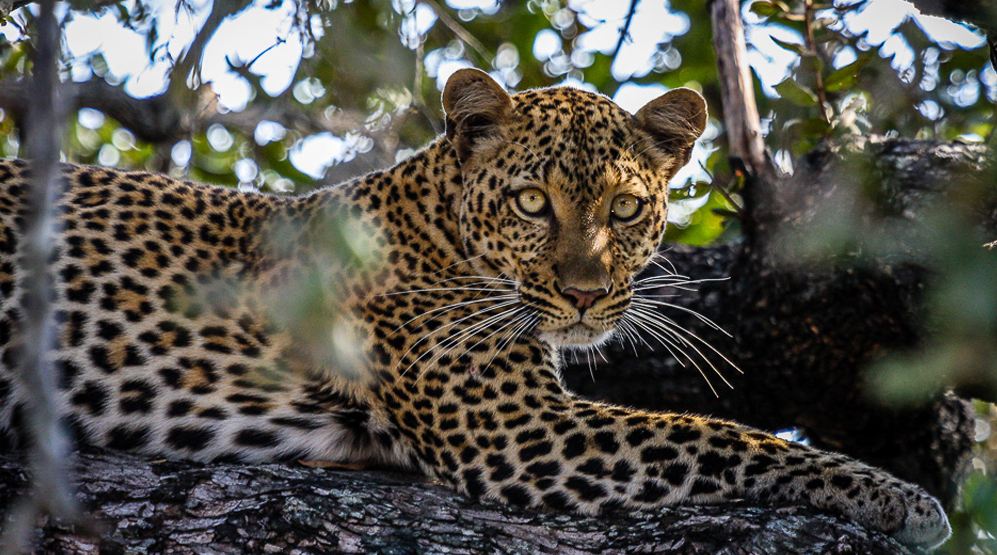
Accommodation in Pian Upe Wildlife Reserve
Accommodation options near Pian Upe Wildlife Game Reserve are limited but there are options to suit different preferences and budgets. Here are some options on where to stay:
- Lodges and camps: There are a few lodges and campsites within the reserve boundaries. These options offer the advantage of being close to the reserve’s wildlife and activities.
- Mbale: Mbale is about190 km from Pian Upe. The drive usually takes around 3 to 4 hours, depending on road conditions and traffic.
- Sipi Falls: Sipi Falls, situated near Mbale, is a popular destination known for its picturesque waterfalls and stunning scenery. It offers a range of accommodation options, including lodges and campsites.
- Kapchorwa: Another nearby town to consider for accommodation is Kapchorwa. It offers guesthouses and small hotels where you can stay while exploring Pian Upe Wildlife Reserve and the surrounding area.
plan your visit to Pian Upe today
Pian Upe Wildlife Reserve invites you to explore its remarkable landscapes and wildlife. Whether you are a wildlife enthusiast or nature lover, this Uganda wildlife Reserve promises a memorable experience.
